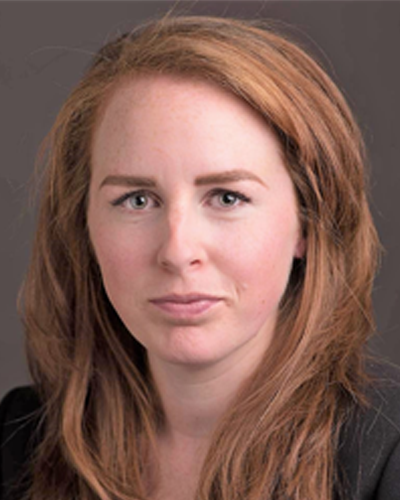The Inevitable Plateau - “a state of little or no change following a period of activity or progress”
I spoke with an OD yesterday who was struggling to make a shift in the way they dispense contact lenses in their practice. The potential result of the change was obvious and easily calculable. A few small tweaks would mean being able to pluck low hanging revenue increases from the proverbial Optometric fruit tree. He had already made the change, but he needed to get his three Associate ODs on board. Large and 30-years established, change was proving to be difficult. Because this kind of change requires a mind shift, which could not be driven by data and numbers, but by a leap of faith alone. He had reached the inevitable plateau.
When I owned a small café, which was technically “only” a coffee shop because we didn’t sell food, only pastries, I got to a point where top-line revenue growth was coming at an organic 3-5% year over year. After seven years, I had accessed the sales I would be able to extract from the local demographic, providing the product I already had, the same way I always had. I had also reduced expenses to a minimum to maximize the margins from what I was already selling. I was not going to be able to outpace inflation unless I made a change in the product I provided, or where and how I was providing it. I knew the paths to create a step change in my P&L. I could start selling beer and wine, add sandwiches and ice cream, or expand to a second location. Taking one, or all, of those paths was the only way to access more customers, and more revenue from each customer. But knowing that and understanding the financial implications of making those changes did not remove the barriers to creating change. The change would require a leap of faith. It was an emotional decision, not a mathematical one, held at arm’s length by fear and not data.
It is the same in independent Optometry. The first plateau we see is the point at which we need to hire more staff.* After 3-5 years, the optical often gets too busy for one person to handle, and we find we need a second Optician. After 5-7 years, the billing becomes too complicated or the volume too overwhelming and we need to consider an outside biller. After 7-10 years, and approaching $750,000 to $1.3 million in revenue, the need for an Associate is very real. After 10-15 years, and with an Associate OD fully booked, it is common to outgrow your square footage and a renovation or relocation becomes necessary. After 15 years, it becomes more and more likely, that we will open a second location. From there, the plateaus recur regularly. But hopefully, after facing these challenges once, we, as business owners, have become more and more comfortable with change.
In life and in consulting, I am incredibly metrics driven. I like to review the data and fully understand what the facts bear out. But facts and figures don’t make decisions easier, they only make them easier to understand. Action then, is the final barrier to change, and ultimately outsized growth.
I’ve spoken in the past about the MVP, or the minimum viable audience. It is the concept of deciding how much is enough. How many patients are we willing to chase, or accept, and how much revenue do we want, or need from each patient?
The MVP is the plateau. You can be successful on the plateau. You can spend time with people who have found the same altitude. You can build a lovely house and make a life on the plateau. And occasionally, when the clouds clear, you can step out your front door with a cup of coffee and see the next plateau at a higher elevation with clarity. Facing the emotional barriers to change, is the only way to keep those clouds at bay, and ultimately clearly see the path to outsized growth.
*Plateau points are rough estimations and meant to serve as examples and may not hold true for every practice.













